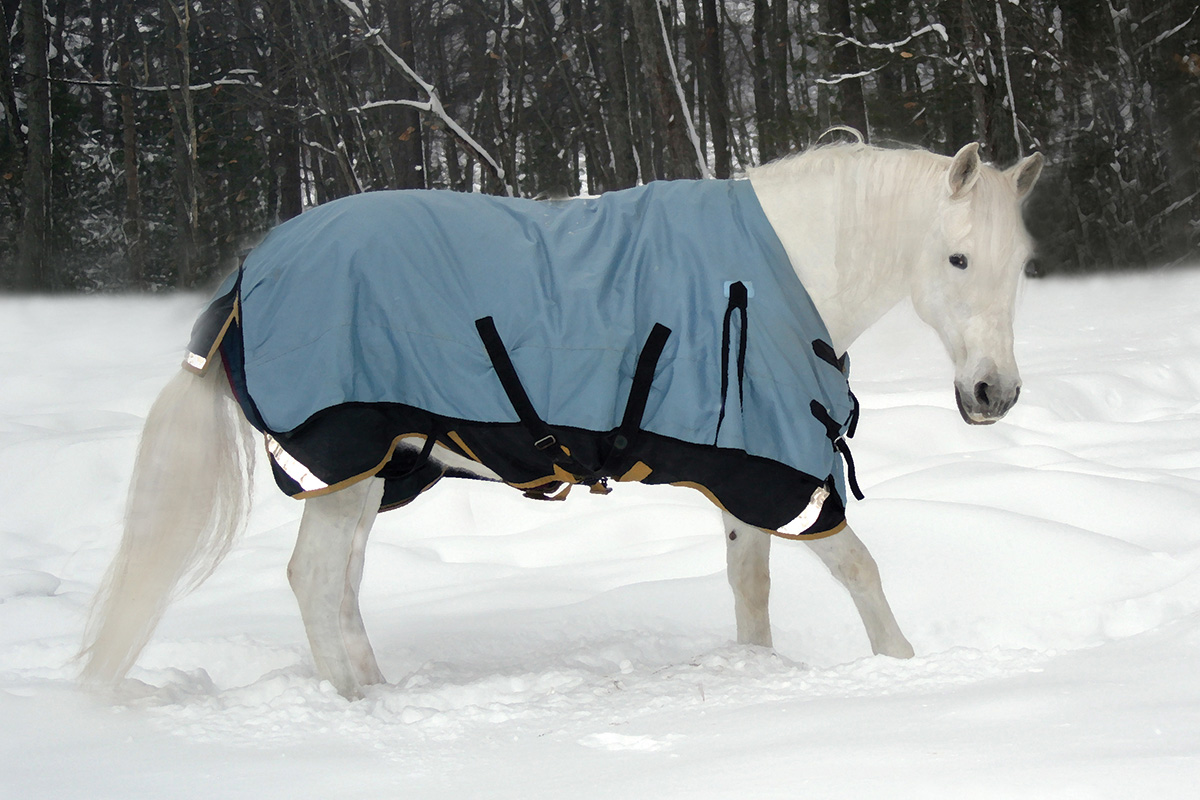
How to Trot on a Horse: Your Big Shocking Guide is Here!
Share
Trotting on a horse is a fundamental skill for both new and experienced riders. Learning how to trot on a horse correctly is crucial for ensuring a comfortable ride for both you and your equine companion. This article will guide health-conscious pet owners through the ins and outs of trotting, including techniques, health benefits, and common mistakes to avoid.
When you first mount a horse, your primary focus may be on galloping or jumping. However, it's essential not to overlook trotting, as its a more controlled pace that can lead to greater proficiency in riding. In this guide, we'll explore the different aspects of trotting that every horse rider should be aware of.

The Basics of Trotting
Trotting is a two-beat gait where the horse moves diagonally: the left hoof and right hoof on the ground at the same time, followed by the right hoof and left hoof. Understanding this basic movement is essential for any rider. It allows for better control while riding and serves as a rhythm for advanced techniques.
Horse riding isn't just about speed; it's about mastering the art of balance and rhythm.
Preparing for Your Trot
Before you begin your journey into trotting, ensure that both you and your horse are prepared. Heres what you can do:
- Check your tack: Ensure that your saddle is secure and fits your horse properly.
- Warm up your horse: Spend some time walking your horse to get them warmed up.'
- Maintain a balanced seat: Sit straight in the saddle, allowing your weight to distribute evenly.
How to Achieve a Good Trot
Once you're prepared, the next step is to learn how to achieve a good trot. Heres how you can do that:
Starting the Trot
To initiate the trot, apply gentle pressure with your legs while gently squeezing your horse with your calves. Ensure that you're using a rhythmical squeeze and release to signal your horse to start trotting.
Maintaining the Rhythm
Once at a trot, its vital to maintain the rhythm. You can do this by:
- Holding your reins with a soft hand: Keep a consistent grip without pulling back.
- Breathing in sync: Your breathing should flow with your horse's rhythm.
Common Mistakes When Trotting
As with any skill, mistakes will happen. Here are some common errors to avoid:
- Leaning forward: Avoid leaning too far ahead, as it can unbalance your horse.
- Overusing the reins: Resist the urge to pull on the reins, which can confuse your horse.
The Health Benefits of Trotting for Your Horse
Trotting isn't just beneficial for youit has numerous health benefits for your horse as well. Here are some advantages:
- Improves cardiovascular health: Regular trotting helps your horse build endurance.
- Strengthens muscles: Trotting helps in building core strength and muscle tone.
How to Ensure Comfort While Trotting
For both the rider and horse, comfort is paramount. Here are some tips:
- Use proper saddling: Make sure your saddle fits both you and your horse well.
- Maintain a relaxed posture: Tension will only increase discomfort for both parties.
After the Trot: Cool Down and Care
After your trotting session, dont forget to cool down your horse. This can be achieved by walking them for 10-15 minutes. Additionally, checking for signs of sweating or fatigue is crucial to ensure they are cared for properly.

FAQs on Trotting
What is the best way to prepare my horse for trotting?
Warming up with walking and stretches is essential for preparing your horse.
How often should I trot my horse?
Regular sessions of trotting a few times a week are beneficial for maintaining fitness.
Can I trot my horse on different terrains?
Yes, trotting can be done on various terrains, but start slowly to gauge your horse's comfort.
As an Amazon Associate, I earn from qualifying purchases.
For additional reading, check out this blanketing FAQ and understand its importance for your horse's comfort.
Learn to refine your skills by reading about horse riding, or expand your knowledge on lunging techniques.
Additionally, explore information regarding clipping a horse and learn about hoof care through hoof abscesses to maintain overall horse health.
